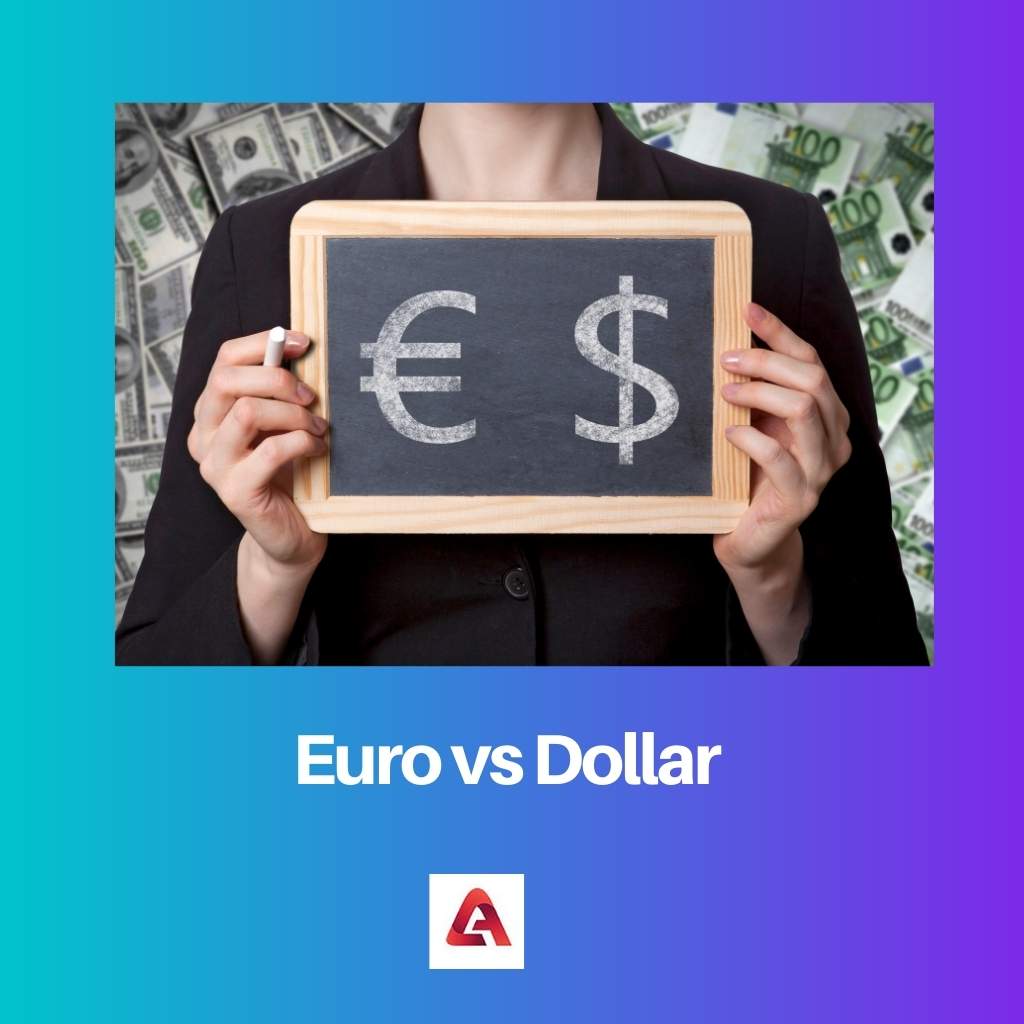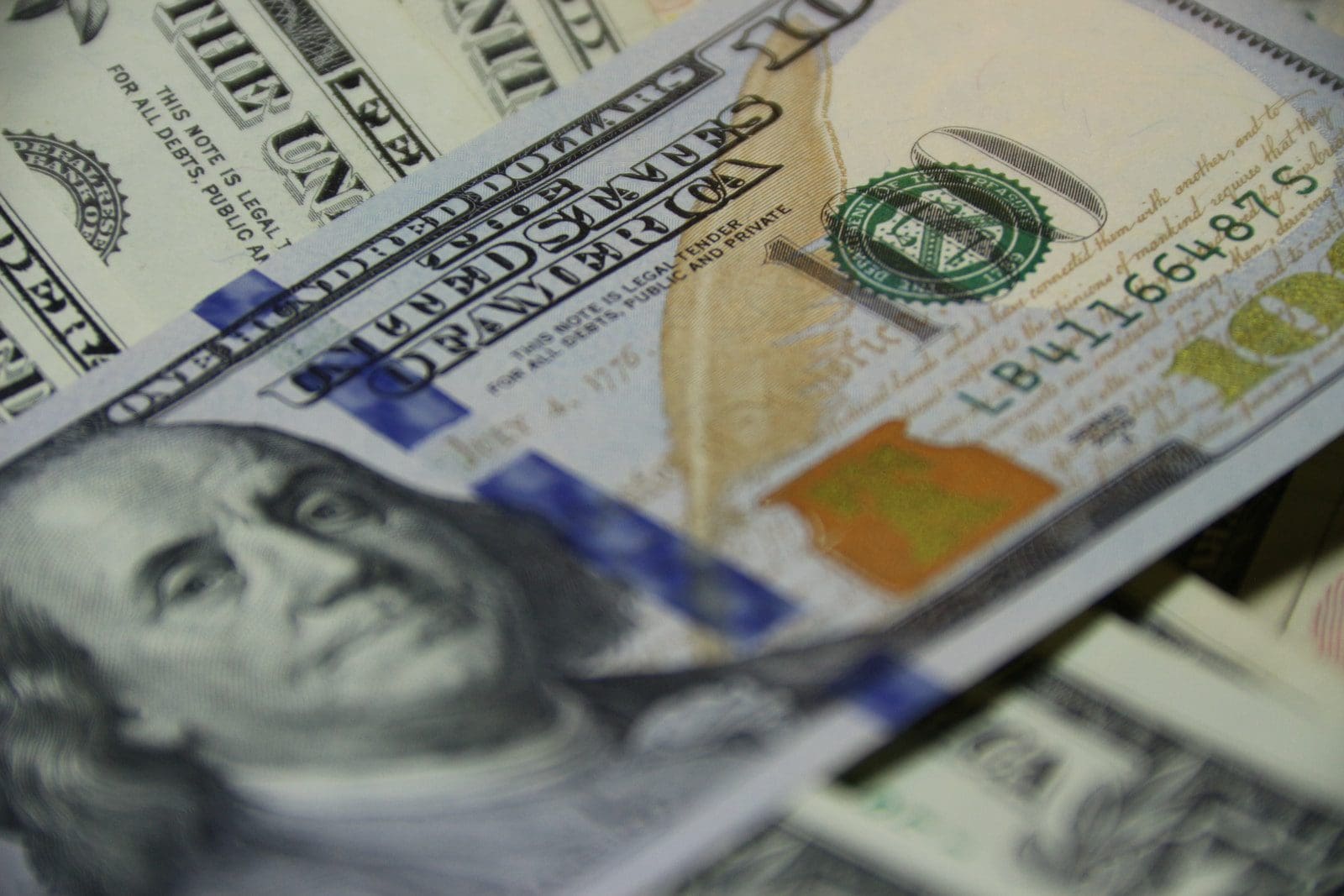Euro and dollar are two of the most widely used currencies in the world at present. While both serve as means of exchange, they are not the same in literal terms.
Euro is the chief currency for 17 Eurozone states and various non-Eurozone nations, whereas the dollar is the principal currency of the United States of America and its territories.
The euro has the symbol €, whereas the dollar has the symbol $. There are several additional differences between the euro and the dollar.
Key Takeaways
- Euro is the official currency of 19 European Union member countries, while the Dollar is the primary currency of the United States.
- The European Central Bank controls the Euro, whereas the Federal Reserve manages the US Dollar.
- The Euro is denoted by the symbol “€” and the US Dollar by “$,” Their respective currency codes are EUR and USD.
Euro vs Dollar
The difference between the euro and the dollar is that the former is the chief currency for 17 eurozone states and other non-eurozone nations. On the other hand, the dollar is the principal currency of the United States of America and its territories. Another significant difference between the euro and the dollar is that the euro has the symbol €, whereas the dollar has the symbol $.

Euro is the chief currency for 17 eurozone states and various other non-eurozone nations. The symbol of the euro is €. The euro is known as the world’s second-most-traded currency.
As recorded in September 2012, there is presently over €915 billion in circulation. The euro has coin cents of 1, 2, 5, 10, 20, and 50. The European Central Bank in Frankfurt manages and administers the euro.
The dollar is the principal currency of the United States of America and its territories. The symbol of the dollar is $.
Globally, the dollar is the most traded currency. As recorded in September 2012, there is presently more than $800 billion in circulation.
The dollar has coin cents of denomination 1,5,10,25,50. The federal reserve administers and manages the dollar.
Comparison Table
| Parameters of Comparison | Euro | Dollar |
|---|---|---|
| Definition | Euro is the chief currency for 17 eurozone states and various other non-eurozone nations. | The dollar is the principal currency of the United States of America and its territories. |
| Symbol | € | $ |
| Governing bank | The European Central Bank in Frankfurt manages and administers the euro. | The federal reserve administers and manages the dollar. |
| Denominations of cent coins and notes | The euro has coin cents of the denomination 1, 2, 5, 10, 20, and 50 and banknotes of the denominations 5, 10, 20, 50, 100, 200, and 500. | The dollar has coin cents of denomination 1, 5, 10, 25, 50 and banknotes of denominations 1, 2, 5, 10, 20, 50, and 100. |
| Nickname | Quid, Ouro, Ewro, and Ege | Buck and Greenback |
What is Euro?
First introduced to the financial markets on January 1, 1999, the euro is the chief currency for 17 eurozone states and other non-eurozone nations.
The European Central Bank in Frankfurt manages and administers the euro. The symbol of the euro is €.
Globally, the euro is the world’s second most traded currency. It is also the world’s second-largest reserve currency worldwide.
As recorded in September 2012, there is presently over €915 billion in circulation. The euro has coin cents of the denomination 1, 2, 5, 10, 20, and 50 and banknotes of 5, 10, 20, 50, 100, 200, and 500.
The inflation rate of the euro, as of November 2018, is 1.9%.
The euro is printed using various printers and mints. Known by local names such as Quid, Ouro, Ewro, and Ege, the euro is one of the most pressured currencies at the moment.

What is Dollar?
First issued by the United States Mint in 1792, the dollar is the principal currency of the United States of America and its territories. The federal reserve administers and manages the dollar.
The value of the US dollar exceeds the value of the Euro. The symbol of the dollar is $.
Globally, the dollar is the most traded currency. It is also the world’s largest reserve currency.
As recorded in September 2012, there is presently more than $800 billion in circulation. The dollar has coin cents of denominations 1, 5, 10, 25, and 50 and banknotes of denominations 1, 2, 5, 10, 20, 50, and 100.
The inflation rate of the dollar, as of October 2012, is 2.16%.
The dollar is printed using the Bureau of Engraving and Printing and the United States Mint. Locally known as Buck and Greenback, the US dollar is widely circulated all over the world.

Main Differences Between Euro and Dollar
- Euro is the chief currency for 17 Eurozone states and various non-Eurozone nations, whereas the dollar is the principal currency of the United States of America and its territories.
- The euro has the symbol €, but the dollar has the symbol $.
- The euro is the second most traded currency worldwide. On the other hand, the dollar is the most traded currency globally.
- As recorded in September 2012, there is presently over €915 billion in circulation. In contrast, there is currently more than $800 billion in circulation.
- The European Central Bank in Frankfurt manages and administers the euro. On the other hand, the management and administration of the dollar are looked after by the federal reserve.
- The euro has nicknames Ege, Ewro, Ouro, and Quid. In contrast, the dollar has nicknames Greenback and Buck.





